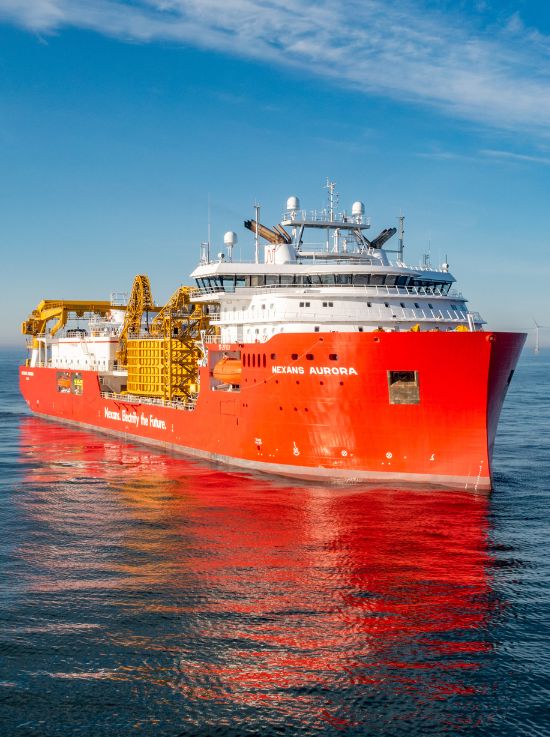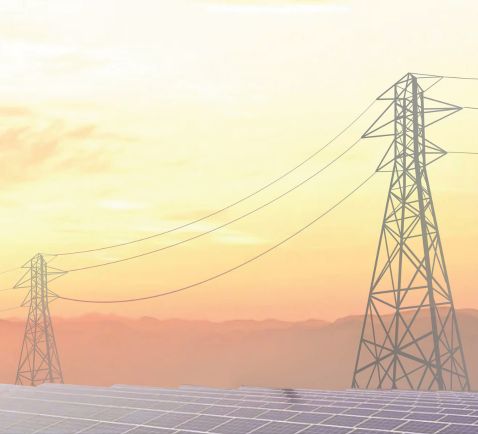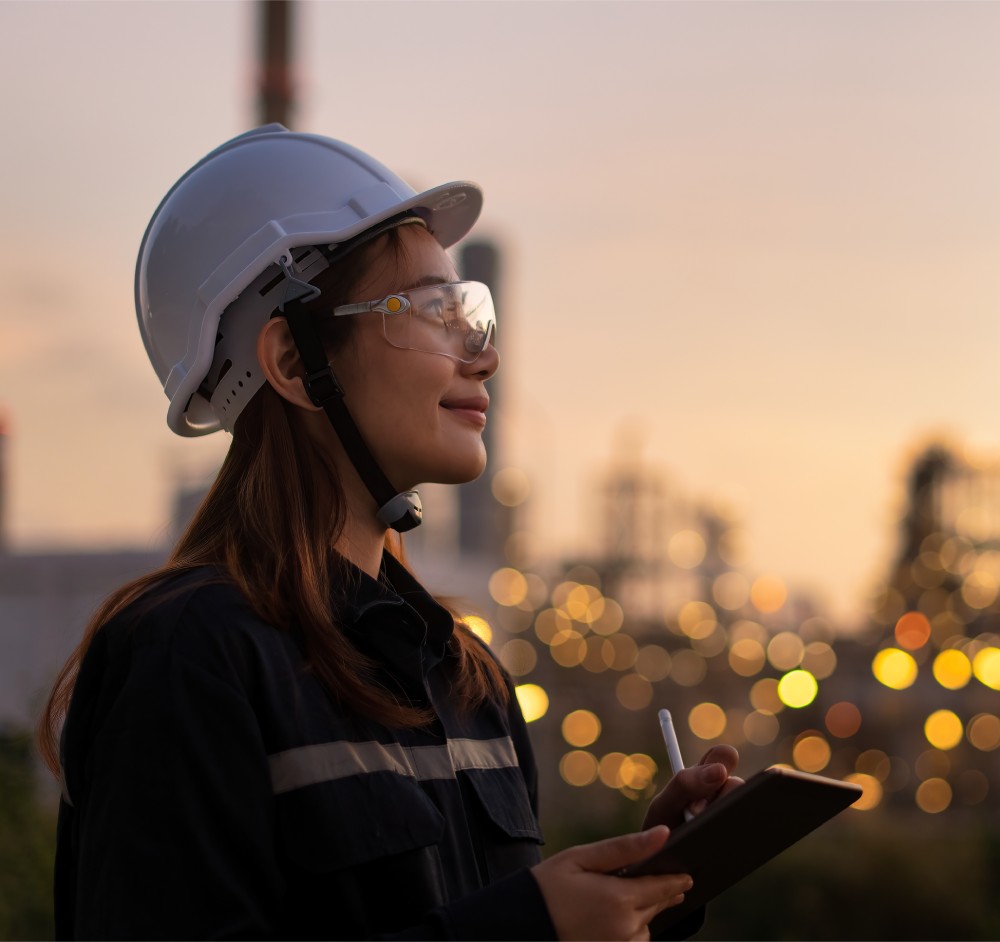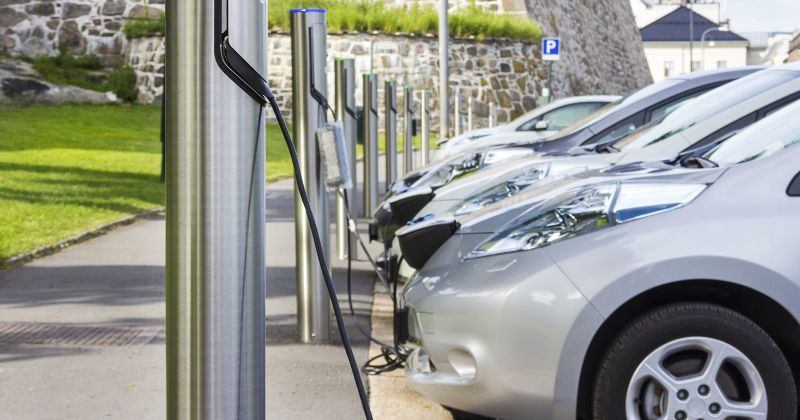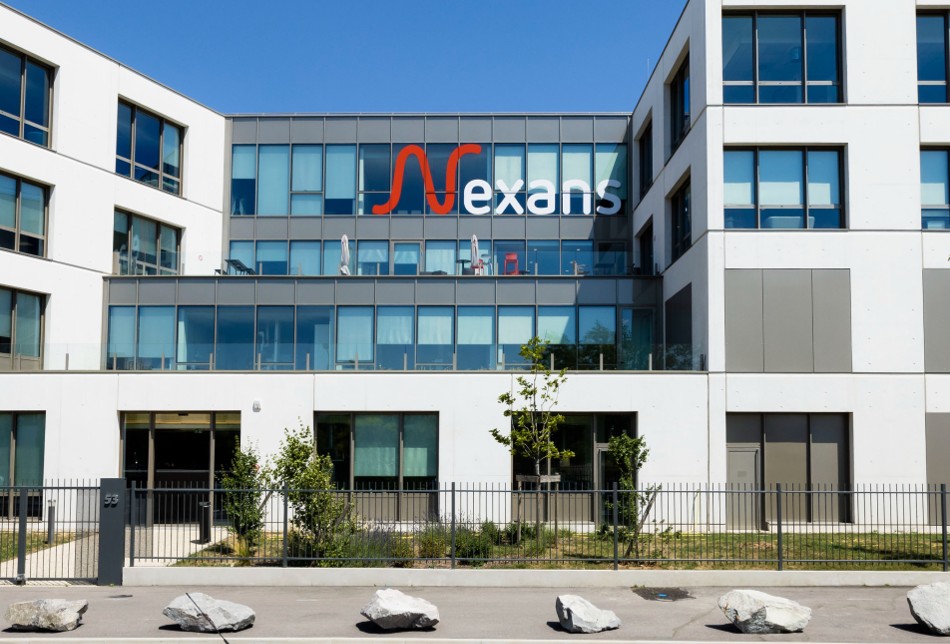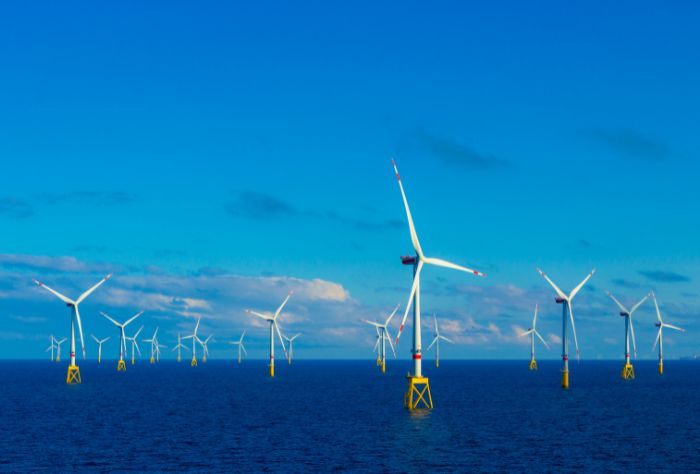Energy usage

Energy usage: building tomorrow’s urban landscape
Energy usage is the final link in the electrification value chain. This is the last step in the process that brings electricity into homes and workplaces, powering a wide range of human activities.
Electrification is key to the development of tomorrow’s cities. Urban centers will need to promote more sustainable modes of transport, such as electric cars. This will mean stepping up the development of the electric vehicle charging infrastructure (EVCI). To succeed in their energy transition, cities will need more cables, connectors, systems and subsystems, as well as smarter, safer and more sustainable solutions.
Through our advanced fire-resistant cabling solutions, we are able to provide safer energy to residential, commercial and industrial buildings, as well as to infrastructures such as schools, hospitals, railway stations, airports, e-mobility and data centers, where a reliable power supply is essential for optimized connectivity.
Learn about Nexans’ activities associated with energy usage
What do we mean by energy usage?
Energy usage refers to the use of electricity. The electricity carried by the grid is used by cities, businesses and consumers. We use it to run most of the equipment we use every day.
The energy usage market is set to see unprecedented growth over the coming decades, driven by urban densification and the challenges of decarbonization, starting with the increasingly intensive use of electricity. The way we use energy is set to change.
At Nexans, we want to lead the way towards this all-electric energy future, showing that energy conservation delivers benefits for everyone. In addition to facilitating electricity production from renewables, and securing and improving transmission and distribution, we are relying on resilient usage to significantly reduce the impact of our customers’ activities on the environment.
+50%
expected share of electricity in final
energy consumption by 2050 (IEA)
20%
share of electricity in final energy
consumption in 2022 (IEA)
50%
of cables for buildings and electrical
systems over the next 10 years
43%
number of megacities with +10 million inhabitants
that cshould exist worldwide by 2030 (UN)
Challenge associated with energy usage
The promotion of sustainable electrification to build more resilient and energy-efficient cities.
Nexans solutions
- We install more secure infrastructures and more powerful cables
- We develop and make available solutions and technologies to minimize energy losses.
- We install distribution boxes for charging stations.
- We help installers with smart packaging solutions.
How does this work?
Our objectives
- We want to innovate to ensure that our cables are state-of-the-art in terms of safety, reliability, electrical performance and compliance with standards.
- We seek to contribute to the development of sustainable cities.
- We aim to facilitate the use of renewable energies.
- We want to improve energy efficiency.

